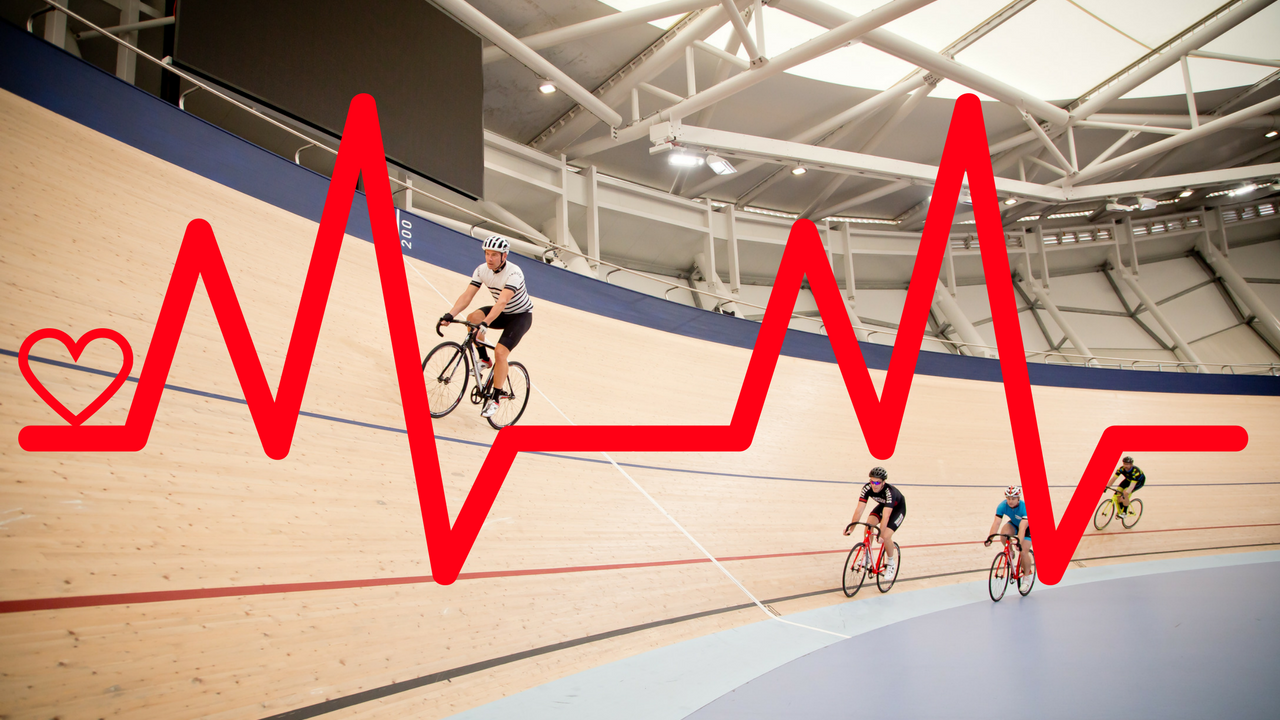Monitoring Heart Rate for Cycling Performance

With the evolution of science and technology and as the ever-increasing number of training tools creep their way into our cycling training lives, many forget about some of the basics such as incorporating heart rate as a measure of fitness and fatigue.
In this blog, we want to offer a simple reminder about the importance and benefits in monitoring your heart rate throughout your training and competition phases.
Let’s start by talking about ‘Target Heart Rates’…
Your target heart rate is a range of numbers that reflect how fast your heart should be beating when you train. In cycling, we often segment heart rate levels into zones and focus on training within these zones to improve and monitor various areas of your physiology.
“A higher heart rate is a good thing that leads to greater fitness,” says Johns Hopkins cardiologist Michael Blaha, M.D., M.P.H.
Whilst training, you can wear a simple heart rate monitor to record and analyse heart rate and try to reach your target zones.
Below is a table which outlines Heart Rate Training Zones that we use in Cycling.

How you choose to map your training around the above Heart Rate Training Zones is up to you, but having a good understanding of what they are and how they improve your various physiological energy systems is important.
Understanding and implementing training activities that encompass Heart Rate Training Zones allows you to tailor your program around your goals, physiological strengths, weaknesses and areas that need improvement.
If you’re fortunate enough to have additional training tools such as power meters and the likes, using them alongside Heart Rate Training Zones will give you great training and performance data along with feedback systems however, they aren’t mandatory and you can improve using Heart Rate and Perceived Exertion Scales.
Moving along to ‘Resting Heart Rates’..
Before you start mapping out your training zones it’s always a good idea to have an understanding of your Resting Heart Rate (RHR).
Understanding and knowing your RHR will not only help you assess whether you fall within healthy ranges or signal warning signs that may need further investigation, it will also assist you in understanding your levels of fatigue and whether you may or may not be overtraining.
If you start monitoring your RHR, before trying to extract insight from your numbers, be sure to record at least three weeks of data.
Keep an eye on your resting morning heart rate in the two or three days after a hard session. If it’s significantly elevated from its normal average (7 or more beats per minute), that’s a sign that you’re not fully recovered from the previous training session/s.
There will be some variability in your daily heart rate regardless of your recovery level, so don’t be overly concerned if you’re 3 to 4bpm over your normal average on a given day. In our experience, it takes a reading that’s 7bpm higher than normal to signify excessive training fatigue.
Tips for measuring your Resting Heart Rate
- Do not take your RHR within one to two hours after exercise or a stressful event. Your heart rate can stay elevated after strenuous activities.
- Wait at least an hour after consuming caffeine, which can cause heart palpitations and make your heart rate rise.
- It is recommended that you check your resting heart rate first thing in the morning (but before you get out of bed).
Whilst understanding and measuring your heart rate is an excellent way to track performance, recovery and overall health, make sure you’re paying attention to your body’s feedback systems. Whilst heart rate recording devices have been known to malfunction, listening to your body as a core feedback system is essential. Your body provides other indicators of how hard you’re training / working that need to be considered alongside heart rate.
Some of these indicators include breathing rates, how much you’re sweating, and varying levels of comfort, so stay in tune with your body and listen to it when it’s trying to tell you something.
We often recommend to athletes to keep a daily journal and record RHR levels but also how you’re feeling overall within yourself, quality of sleep, fatigue and other variables. Keeping a journal and recording a bunch of key metrics allows you to rule out any outliers and capture a holistic picture of your fitness and well being.

